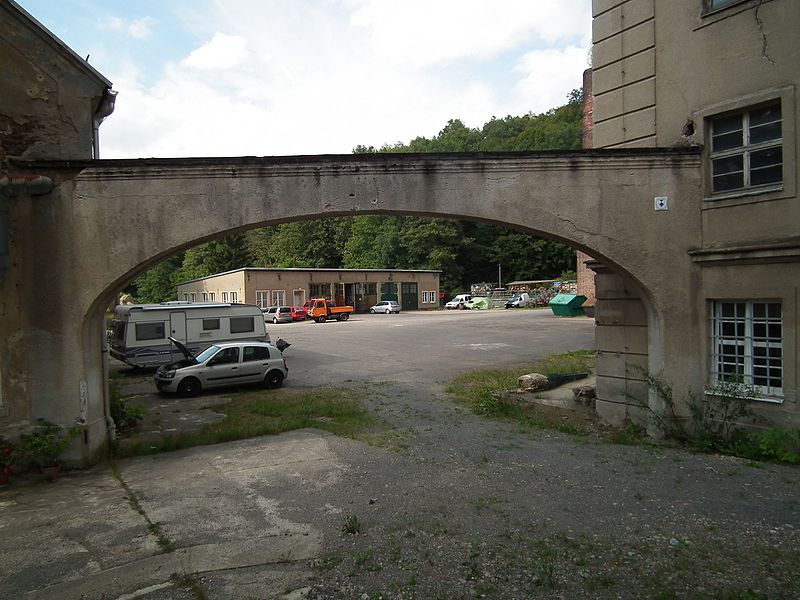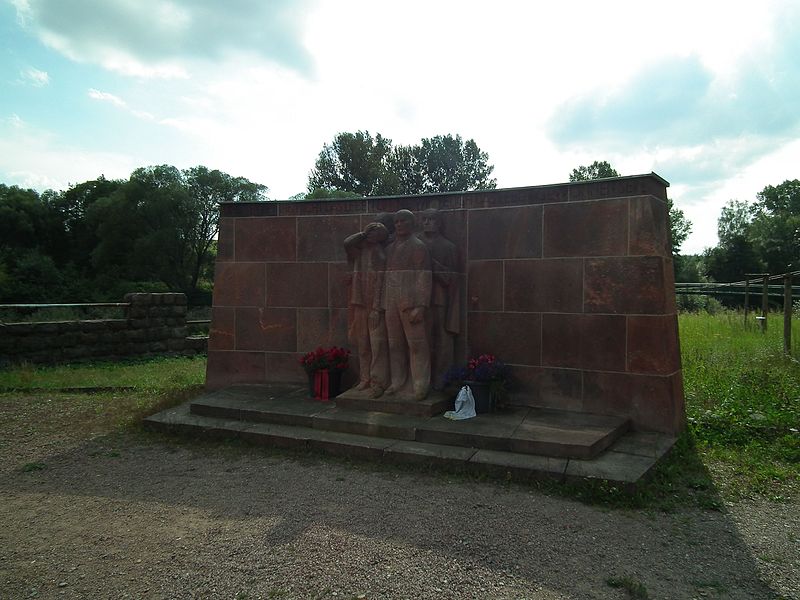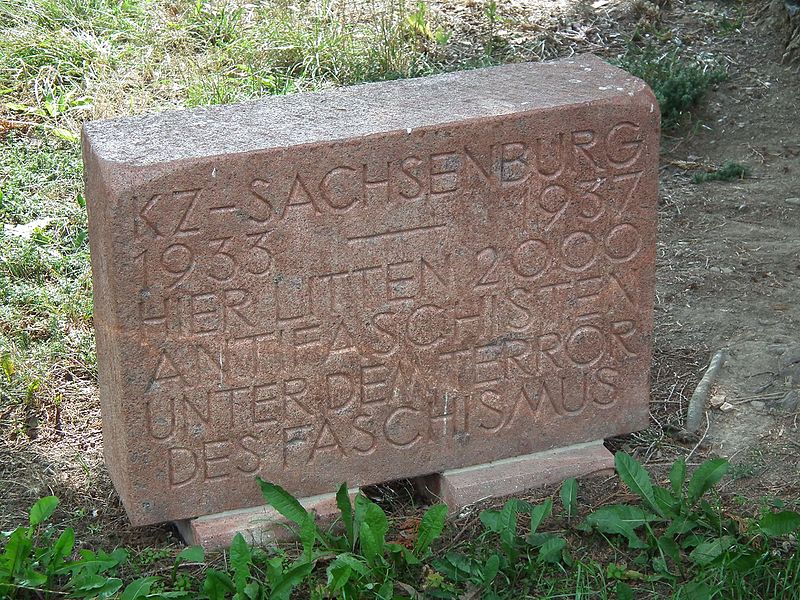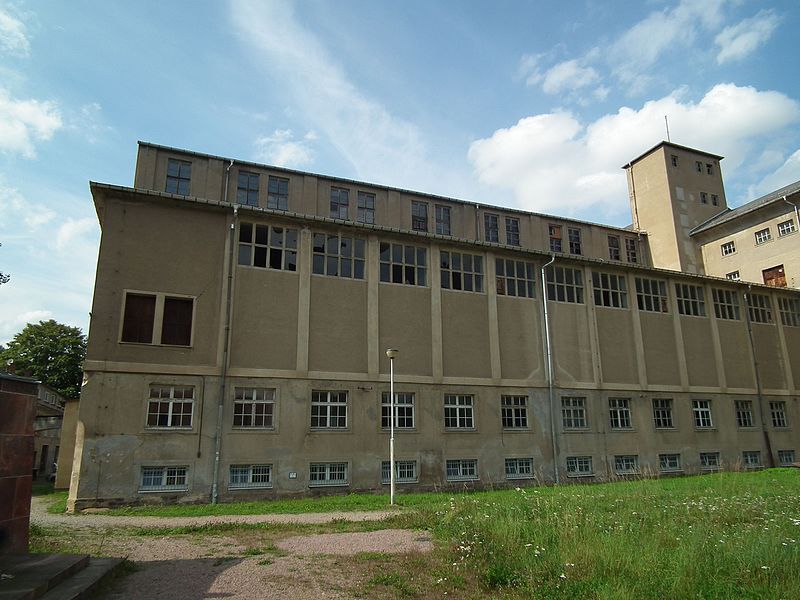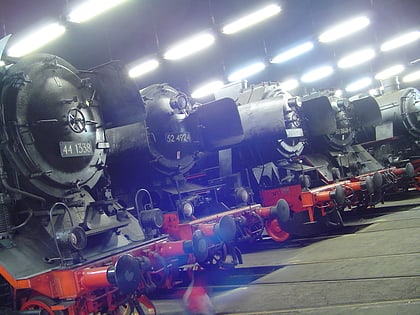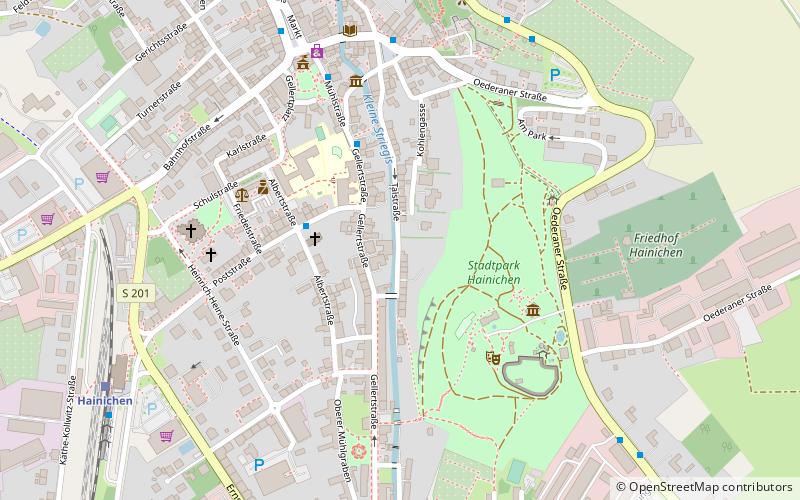Sachsenburg concentration camp
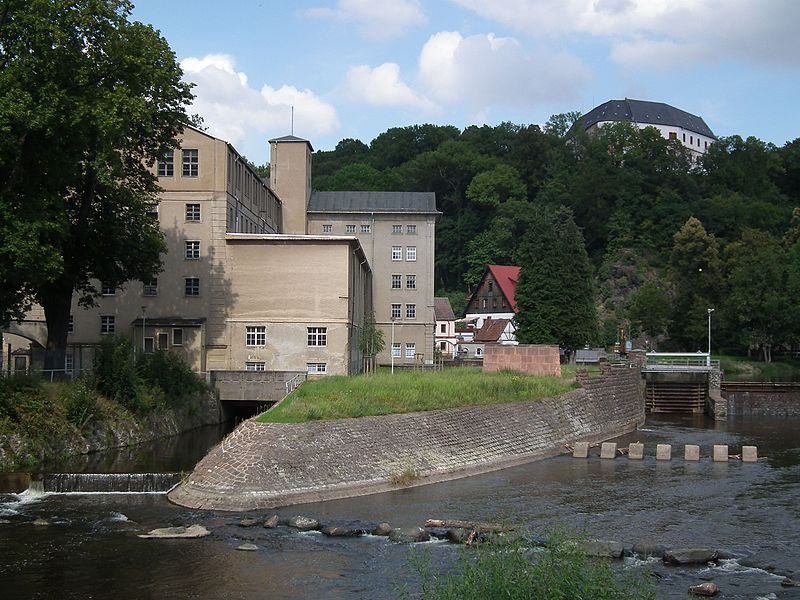
Facts and practical information
Sachsenburg concentration camp stands as a somber reminder of Germany's dark past, located in the town of Frankenberg in Saxony. Established in 1933, it was one of the first concentration camps set up by the Nazi regime, initially designed to detain political opponents such as communists and social democrats.
The camp was a prototype for the many that followed, setting a precedent for the cruel treatment of prisoners. Inmates were subjected to forced labor, and the conditions were notoriously brutal, leading to the suffering and death of many detainees. The camp's operation was an early indicator of the atrocities that would be perpetrated on a much larger scale throughout the Holocaust.
Though not as large or well-known as camps like Auschwitz or Dachau, Sachsenburg played a significant role in the evolution of the Nazi concentration camp system. It functioned until 1937, after which its prisoners were transferred to other camps. The site now serves as a memorial, with exhibitions and educational programs to ensure that the lessons of history are not forgotten. The legacy of Sachsenburg concentration camp is a testament to the resilience of the human spirit in the face of tyranny and a warning of the dangers of unchecked power and prejudice.
Saxony
Sachsenburg concentration camp – popular in the area (distance from the attraction)
Nearby attractions include: Sächsisches Eisenbahnmuseum, Alte Pfarrhäuser, Arctic-Alpine Garden of the Walter Meusel Foundation, HKW Chemnitz-Nord.


